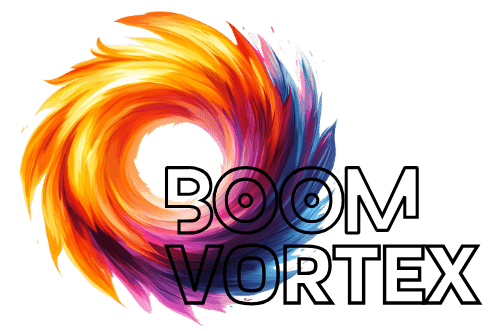L sits across from me as I write this. We’ve been at this glass-encased cafe near campus for two hours, and I’m just now starting to work. Before getting down to business, we talked about our projects, gave each other advice, ranted about TV shows, snacked on fries and brownies, argued that Charli XCX deserved a Nobel more than Bob Dylan, and procrastinated on sending pitches and submissions. L sends my book review for me because I’m too anxious. “You got this,” she says. It’s these moments with my writer friends that energize my creativity and turn it into language.
People often think the writing life is solitary, picturing a writer secluded with books or in a cabin, away from distractions. But writing doesn’t have to be isolating. Even though there’s only one author, many forces shape the words on the page. Writing can be collaborative, involving reading each other’s work, swapping edits in coffee shops, and discussing story plots. This community is how I write best.
Alone, I find crafting something substantial daunting. At my desk, I get stuck, focusing on outlines and research rather than writing. An imagined “ideal reader” isn’t enough to get me going, but my real-life friends are. They not only understand my prose but also support and encourage me, making writing more fulfilling.
I first met L in our MFA program. Despite different styles, I saw a kindred spirit in her writing. MFAs are said to offer a writing community, though they aren’t always welcoming to marginalized students. Still, L and I continue to write in various spots around New York, sharing advice and feedback.
“Share what you’re working on with me,” I often urge L. While she hesitates without workshop pressure, I remind her I’m here to help. Writing through friendship is key, as authors Sofia Samatar and Kate Zambreno show through their collaborative work, despite living apart.
Both write about the struggles of writing, the fear of being perceived through their work, and the desire to rid themselves of personal narratives. Their friendship plays a significant role in their creative process, as they exchange thoughts and ideas through correspondence.
Editing is part of writing, allowing me to blend creative instincts with another’s intentions. My friends’ edits offer fresh perspectives, prompting reflection I can’t achieve alone. Reading L’s work on Toni Cade Bambara, I suggest improvements and appreciate her writing, which in turn inspires mine.
Samatar and Zambreno define writing broadly, seeing it as a conversation with others, whether or not it ends up on the page. This process transforms perceived writing failures into opportunities for connection. Community extends beyond those physically present to include authors we admire and their cited works.
Samatar sees citations as a reflection of the self, a collective of influences, while Zambreno views writing as kinship, connecting with others through text. Their voices resonate in my artistic discussions with friends, reminding me of the collective “us” beyond the individual self.
Right now, L and I are in a library basement on a rainy afternoon. After finishing, I’ll show her my work for feedback. Her opinion, and the charge of writerly ecstasy she passes on, drive me to write better. When she reads this essay, she’ll feel the energy returned to her, and when she says, “I like it,” I’ll know I’ve succeeded.

